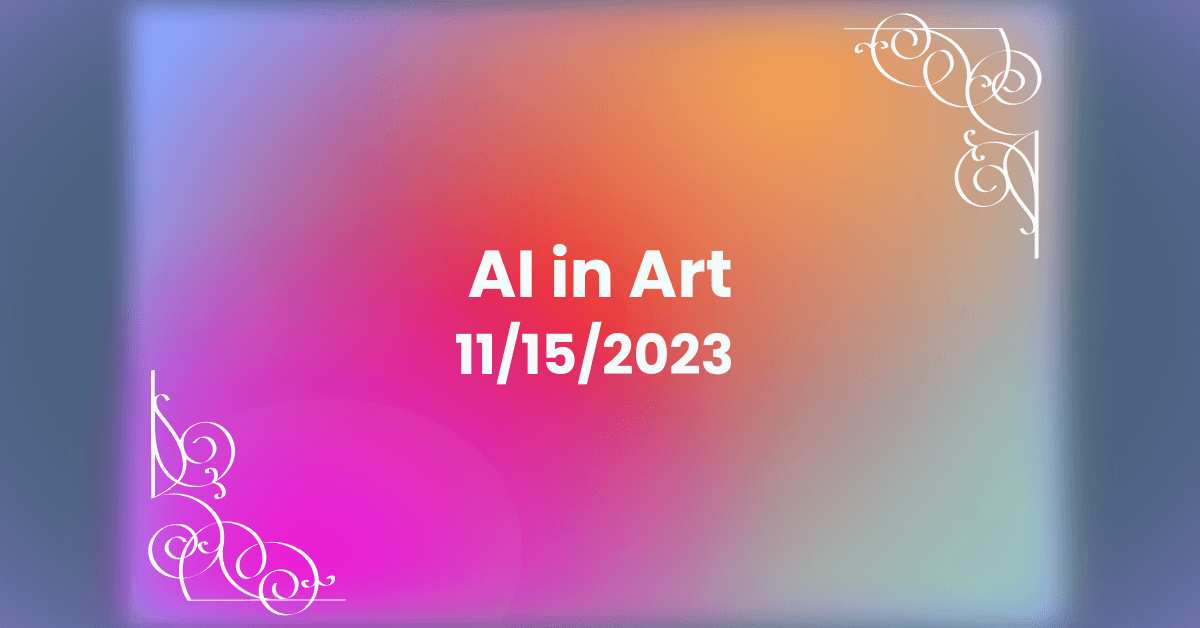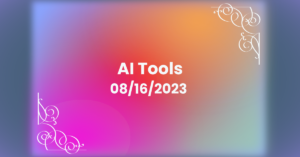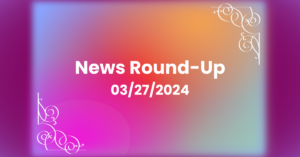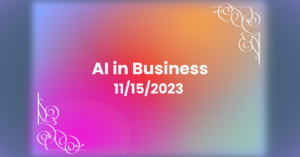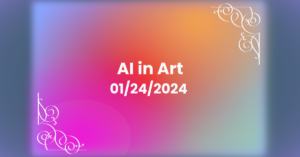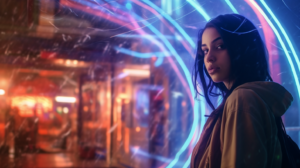AI in Art: Art at the Crossroads
Feature Story: Navigating the Intersection of Traditional Art & Innovation
In a particularly controversial few weeks for AI art, traditional artists and art appreciators have begun to question the philosophical and practical implications of AI’s impact on art itself at an ever-accelerating rate. It is this creator/curator’s opinion that AI is a tool like any other, much like a hammer or ruler, and how we use those tools that determines their effectiveness and social acceptability. Do once traditional artists still merit claiming ownership over their portfolio if AI is suddenly doing most or all of the proverbial heavy lifting? And if not, where do we draw the line? I must admit my interest in AI art is to stay up to date on where the technology is going and to see how the zeitgeist embraces or pushes back on the medium, however, my artistic pride still prevents me from utilizing AI art as anything more than a conceptual reference point to produce my visions and art musings. How much of the greater art-conscious community feels the same? Only time will tell. For now, controversy abounds. To quote a rather poignant line by Charles Dickens, “It was the best of times, it was the worst of times, it was the age of wisdom, it was the age of foolishness, it was the epoch of belief, it was the epoch of incredulity, it was the season of light, it was the season of darkness, it was the spring of hope, it was the winter of despair.”
Making History: Artistic Rebellion, An Arsenal Against AI Plagiarism
Visual artists are countering AI systems they claim steal their works with tools like Nightshade, developed by the University of Chicago. While Nightshade doesn’t address existing AI models trained on artists’ works, it aims to disrupt future models. The tool adds a “poison pill” to artworks, confusing the AI training model about the image’s content. Another tool, Glaze, alters pixels in an artwork, making it challenging for AI to mimic an artist’s style. Artists, engaged in lawsuits against AI firms for using their works without consent, see these tools as immediate defenses. However, concerns exist about the long-term effectiveness of such tools with the rapid development of AI art tools they many believe will be ultimately unaffected by “poison pill” solutions going forward.
Embracing Pixels: Decide for Yourself, Create with Bing & DALL-E 3
Bing Image Creator, utilizing OpenAI’s DALL-E 3, now allows users to generate AI art for free, even without a ChatGPT Plus or Enterprise subscription. Although not flawless, the tool has improved significantly, producing more realistic images than were ever possible before. Users start with a limited number of “boosts,” where one boost corresponds to one image. Boosts can be replenished through Microsoft Rewards. To use Bing Image Creator, a Microsoft account is necessary, and prompts like “create an image of…” or “generate an image of…” can be input in Bing Chat or on the Image Creator website. Despite some concerns about potential misuse, Microsoft has implemented content policies to prevent harmful use of the tool.

